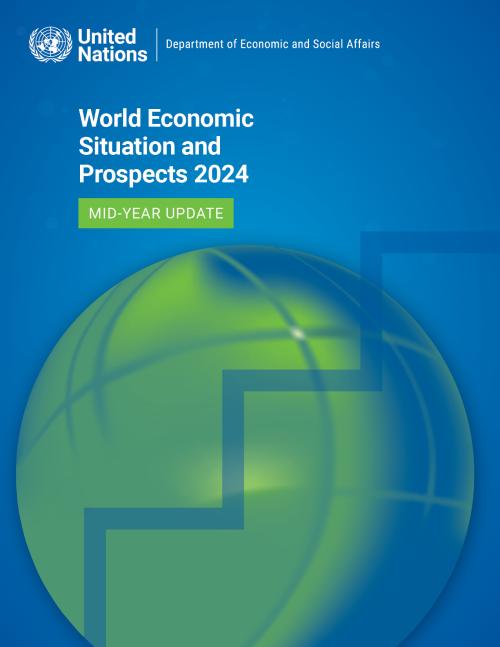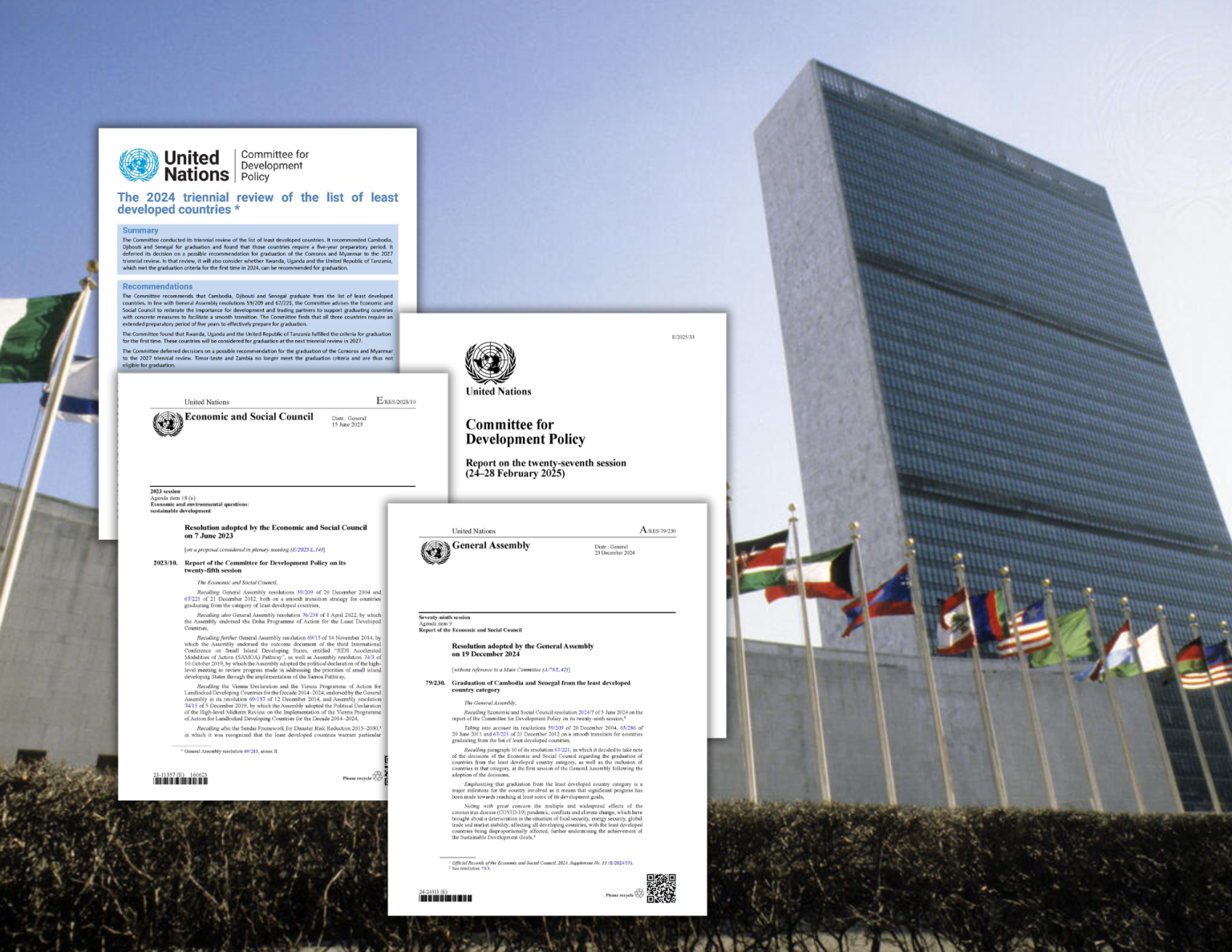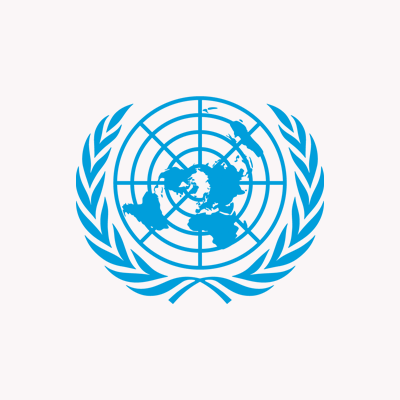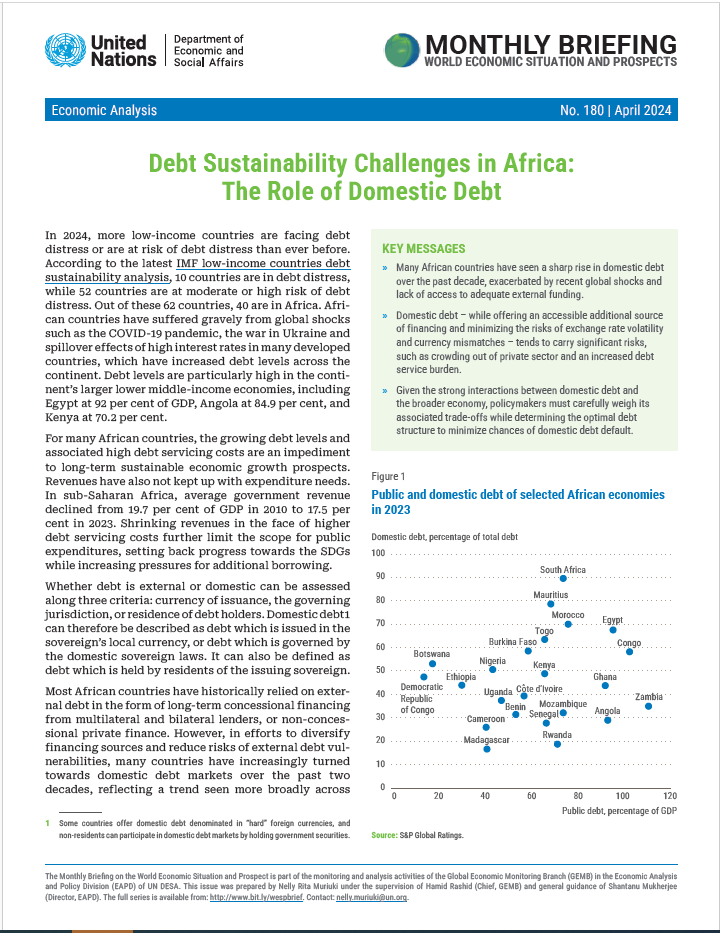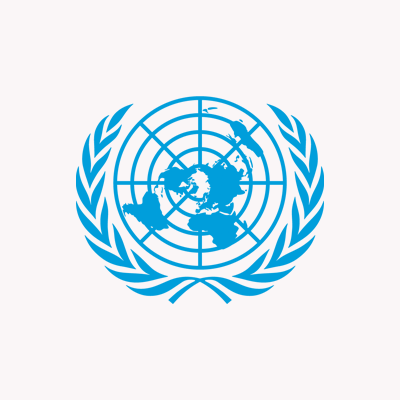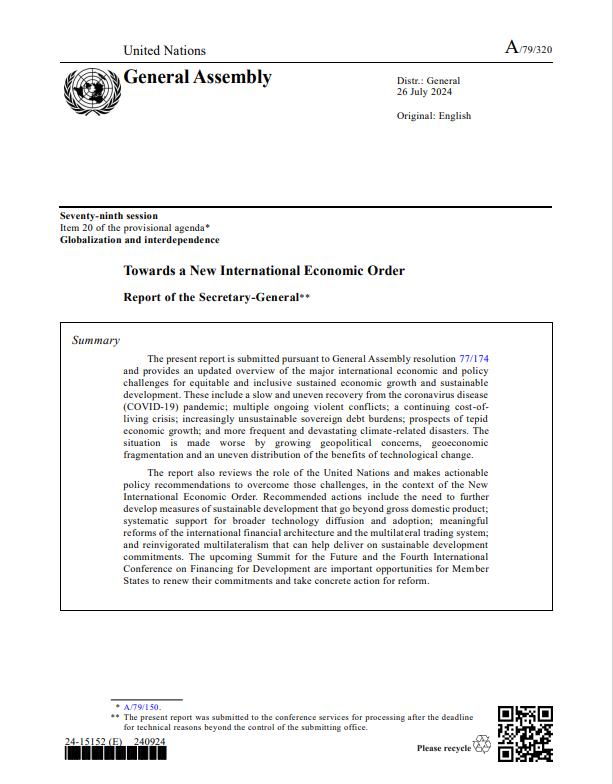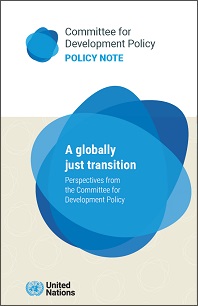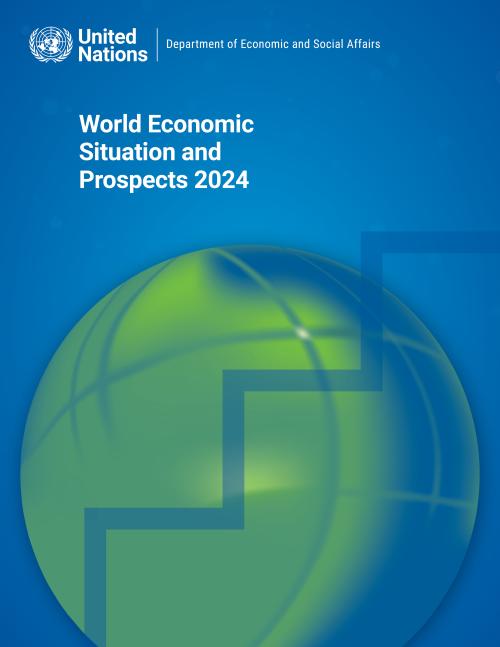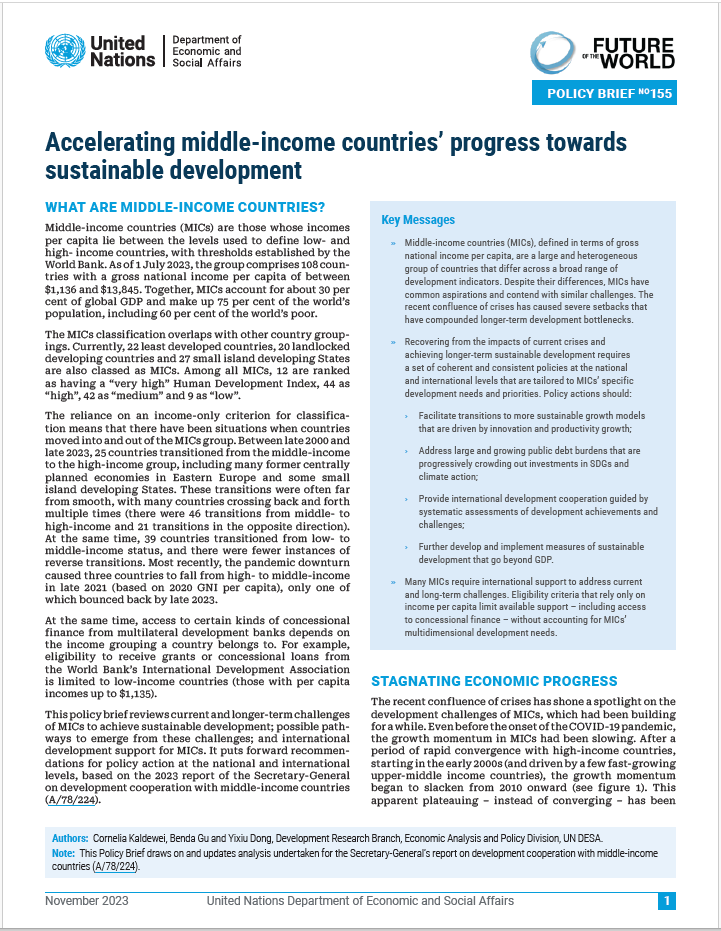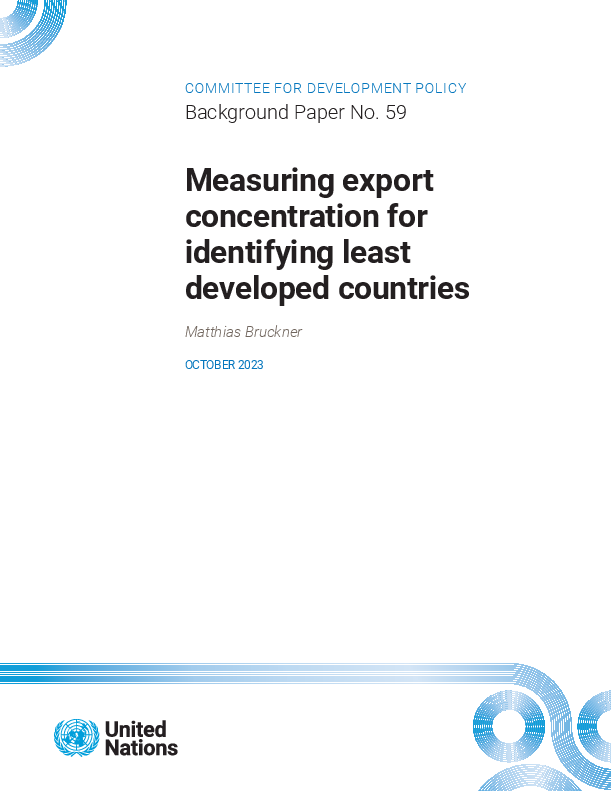Publications
Displaying 21 - 30 of 1100
عربي, 中文, English, Français, Русский, Español CDP excerpts on the report by theme Innovation ecosystems for development, structural change and equity 2024 triennial review of the list of least developed countries Enhanced monitoring of countries that are graduating or have graduated from the list of least developed countries Graduation – the global context ECOSOC resolution (E/RES/2024/7) on the Report of the Committee for Development Policy
عربي, 中文, English, Français, Русский, Español GA resolution (A/RES/79/230) on the Graduation of Cambodia and Senegal from the least developed country category
…
عربي, 中文, English, Français, Русский, Español The Committee for Development Policy (CDP) held its 26th Plenary meeting from 4 to 8 March at UN Headquarters in New York. H.E. Mr. Robert Rae, Permanent Representative of Canada to the United Nations and Vice-President of ECOSOC, and Mr. Li Jinhua, Under-Secretary-General for Economic and Social Affairs, addressed the CDP members during the opening session. The Committee addressed several issues related to the least developed countries (LDC) category, as well as the issue of innovation ecosystems for development, structural transformation and equity, as…
中文, English, Français, Русский, Español
 Welcome to the United Nations
Welcome to the United Nations
